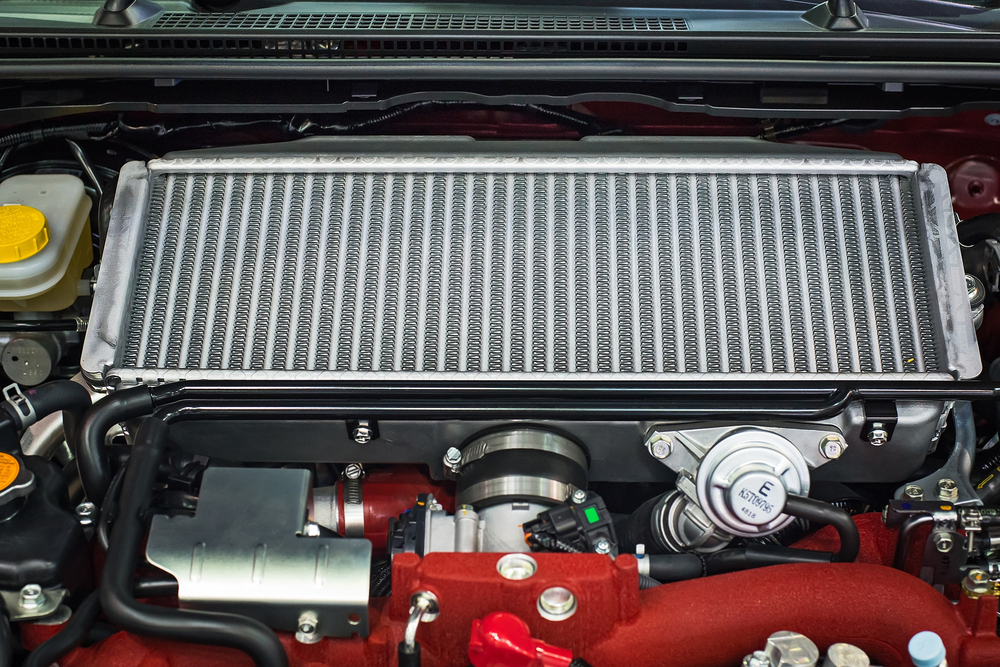Trucks are just not ordinary automobiles. For most individuals, it is an important tool for carrying out different tasks.
If you rely on your truck a lot, it is vital to keep it in peak working condition, and this means considering Nadrad air conditioning services and keeping radiator coolant topped up to the right level. If you fail to add radiator coolant, the outcome can be disastrous. This is why it is vital to narrow down to the following details so as to learn how to top up coolant:
Identify the Tank
There are several other reservoirs in a truck, which includes the water and brake fluid tank. If you don’t want to accidentally fill up the incorrect receptacle, ensure you identify the right tank.
If you are unable to identify the right tank, you can look at the owner’s manual or use the internet to check. Though some trucks have color-coded caps for easy identification, usually the blue color being the most popular.
Assess the Level of Coolant
Many trucks have a coolant reservoir, which has a maximum and minimum level marked on one side. This means that you may have a look to determine if it is between the right levels.
The coolant reservoir also has a cap you may remove, and in some trucks, the radiator might also have one, which you could take off to top up the coolant. If the level is not within the required range, be sure to level it up.
Choose the Right Coolant Type
Similar to different kinds of delicious popsicles, radiator coolants come in different types and colors. These can be coolants with acid technology, oat antifreeze, propylene glycol, dex cool, or coolant with/without silicates.
Performance coolant or antifreeze is also made of a substance referred to as ethylene glycol, which has a sweet taste. The Humane Society warns that the taste and smell of antifreeze are appealing to dogs and pets, so it may be best to clean up spills and store them properly.
Mix Water and Coolant
If your coolant is not pre-mixed, you can use an empty container to combine an equal amount of distilled water and coolant to come up with a 50/50 mixture.
Longer life antifreeze is also of higher quality. Ensure you always use a high-quality coolant for the positive results of your radiator.
Wait Until the Car Cools Down Before Topping Up
In an instance where your engine overheats, resulting in a breakdown, there could be a need to add a fresh antifreeze to the radiator. However, don’t add coolant when the engine is very hot. Rather than that, wait until it cools off. Why? Cooling systems are pressurized, and by removing a fill cap when your engine is hot, you run the risk of a severe burn. Apart from that, a fill cap may also be very hot for you to touch.
Another reason you shouldn’t add antifreeze to an overheated truck is catastrophic engine damage. Adding a coolant to a hot engine might result in cracks because of the sudden temperature change.
Closing Remarks!
Just like checking the tire pressure or oil level, ensuring that a coolant is protecting your truck as it should be, is a vital part of maintenance. Without a coolant, you run the risk of overheating because there will be nothing to absorb the excess heat produced when using your truck.
If the coolant level is also below the minimum fill line, ensure you unscrew the cap and add more antifreeze until it reaches the ideal level.
